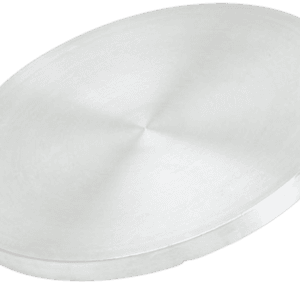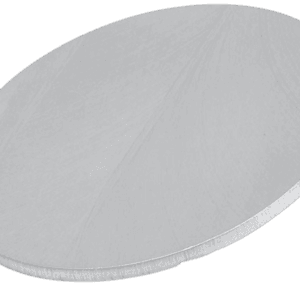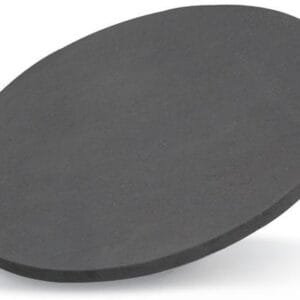Germanium Sputtering Target Description

The germanium sputtering target is made from high-purity germanium metal. Germanium, symbolized as “Ge,” is a chemical element named after Germany (Latin: Germania). First mentioned in 1886 by A. Winkler, germanium has an atomic number of 32, located in Period 4 and Group 14 of the periodic table, within the p-block. Its relative atomic mass is 72.64(1) Dalton, with the number in brackets indicating uncertainty.
Like silicon, germanium is a semiconductor and is commonly used in the fabrication of transistors and integrated circuits. It is often evaporated under vacuum to create layers for optical storage media and optical coatings. Germanium is also used as an alloying agent and catalyst.
Germanium Sputtering Target Specification
| Material Type | Germanium |
| Symbol | Ge |
| Color/Appearance | Grayish White, Semi-Metallic |
| Melting Point | 973 °C |
| Sputter | RF, DC |
| Density | 5.32 g/cc |
| Thermal Conductivity | 60 W/m.K |
| Type of Bond | Indium |
| Available Sizes | Dia.: 1.0″, 2.0″, 3.0″, 4.0″, 5.0″, 6.0″ Thick: 0.125″, 0.250″ |
We also offer other customized shapes and sizes of the sputtering targets; please Contact Us for more information.
Germanium Sputtering Target Bonding Services
Specialized bonding services for Germanium Sputtering Targets, including indium and elastomeric bonding techniques, enhance performance and durability. Thin Film Materials (TFM) ensures high-quality solutions that meet industry standards and customer needs.
We also offer custom machining of backing plates, which is essential for sputtering target assembly. This comprehensive approach improves target design flexibility and performance in thin film deposition. Our channels provide detailed information about bonding materials, methods, and services, helping clients make informed decisions.

Get Contact
TFM offers Germanium Sputtering Targets in various forms, purities, sizes, and prices. We specialize in high-purity thin film deposition materials with optimal density and minimal grain sizes, which are ideal for semiconductor, CVD, and PVD applications in display and optics. Contact Us for current pricing on sputtering targets and other deposition materials that are not listed.


 MSDS File
MSDS File



Reviews
There are no reviews yet.